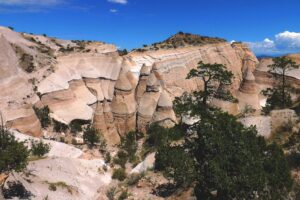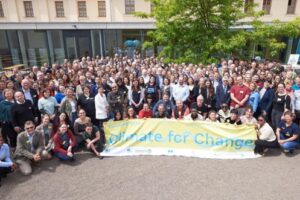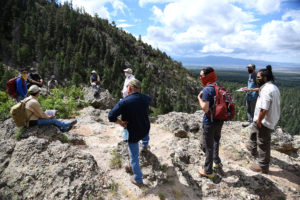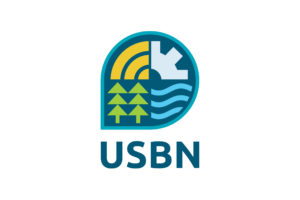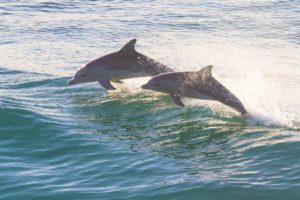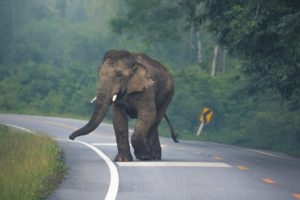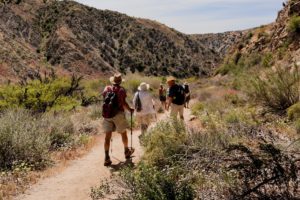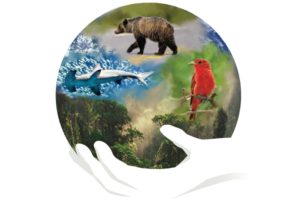Catalyst Fund: Supporting Collaboration in Landscape Conservation
Last month the Network for Landscape Conservation announced the latest round of Catalyst Fund grant awards, with 15 Landscape Partnerships receiving support to accelerate their efforts to protect the ecological, cultural, and community values of the landscapes they call home. Even as unprecedented levels of public funds have been directed towards the restoration, stewardship, and conservation of our lands and waters in recent years, the influx of project delivery funding has only served to underscore a gap that needs to be filled: the on-the-ground capacity to get the work done. The Catalyst Fund aims to build capacity and help local Landscape Partnerships contribute toward achieving national conservation goals.
